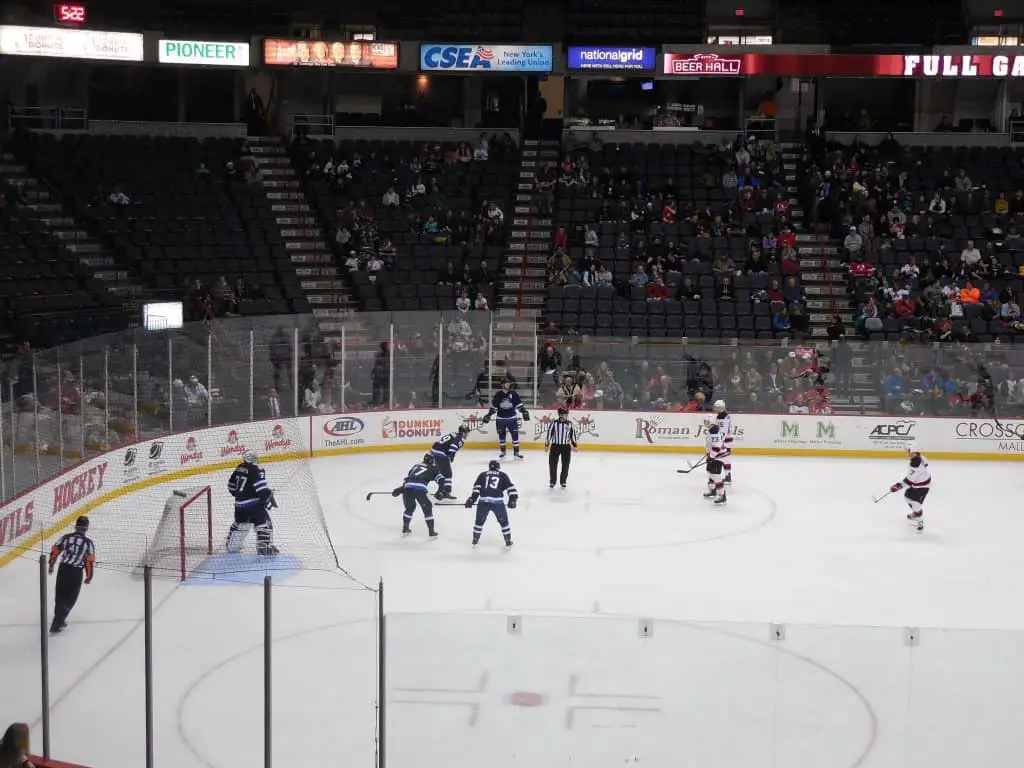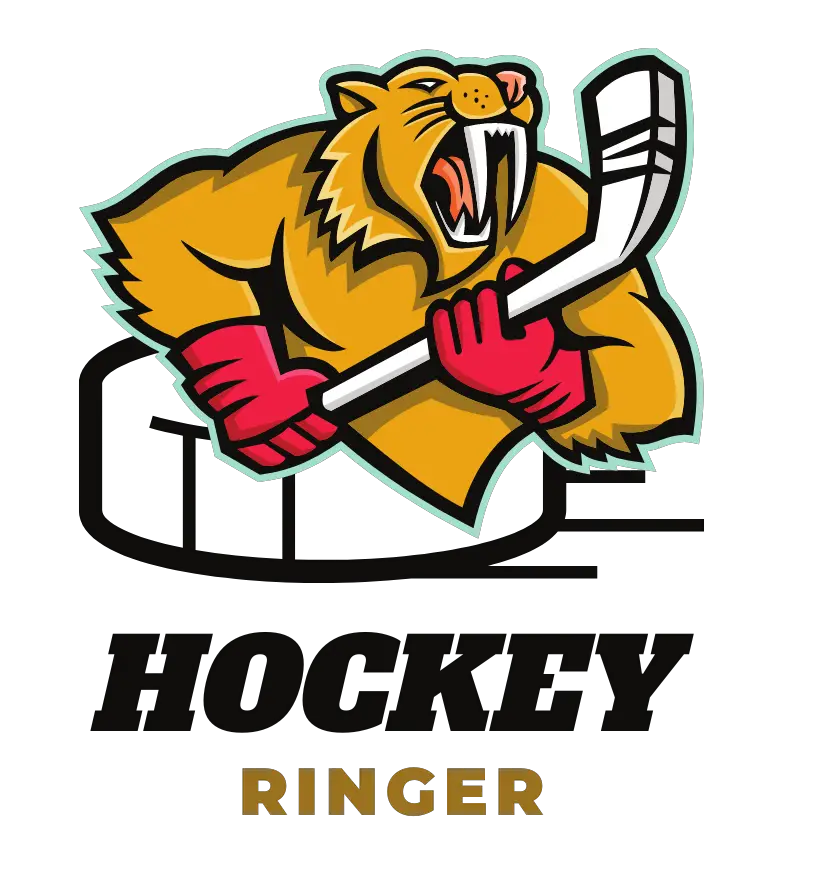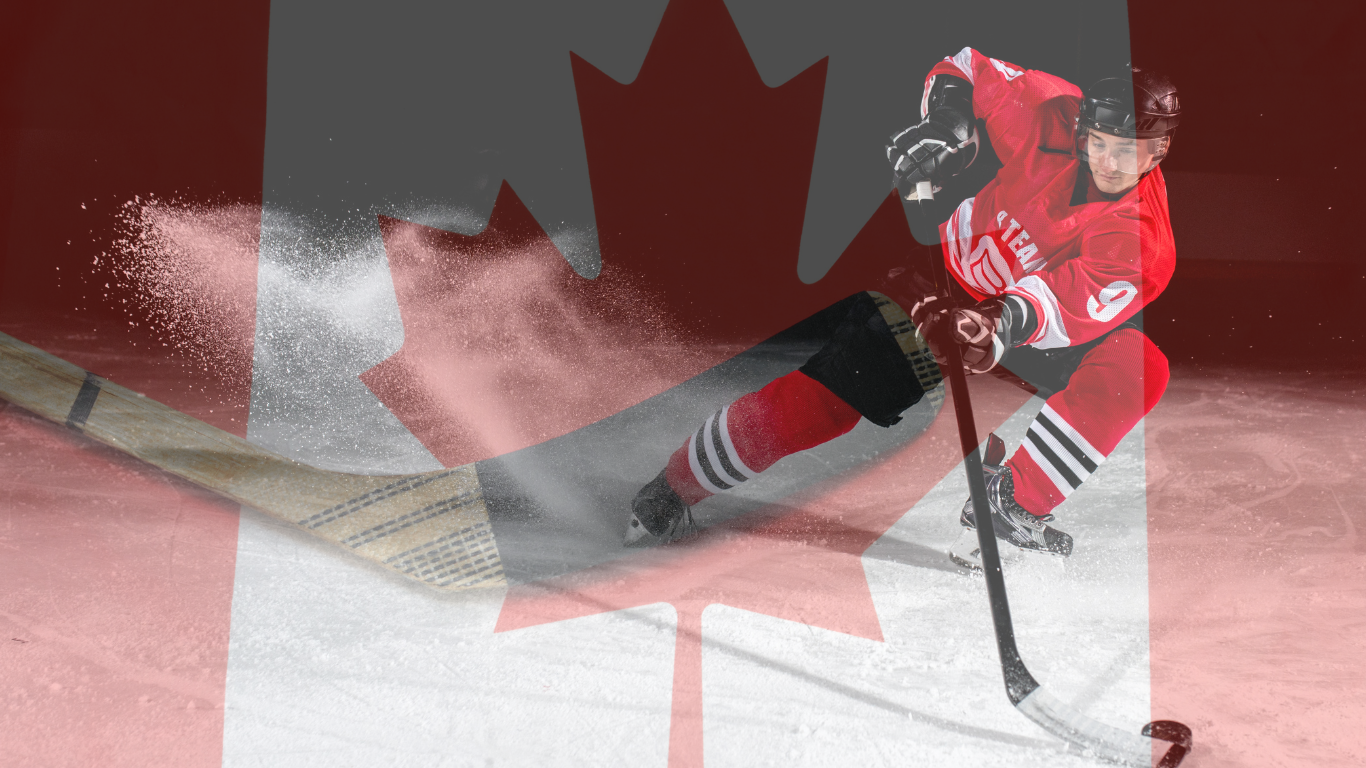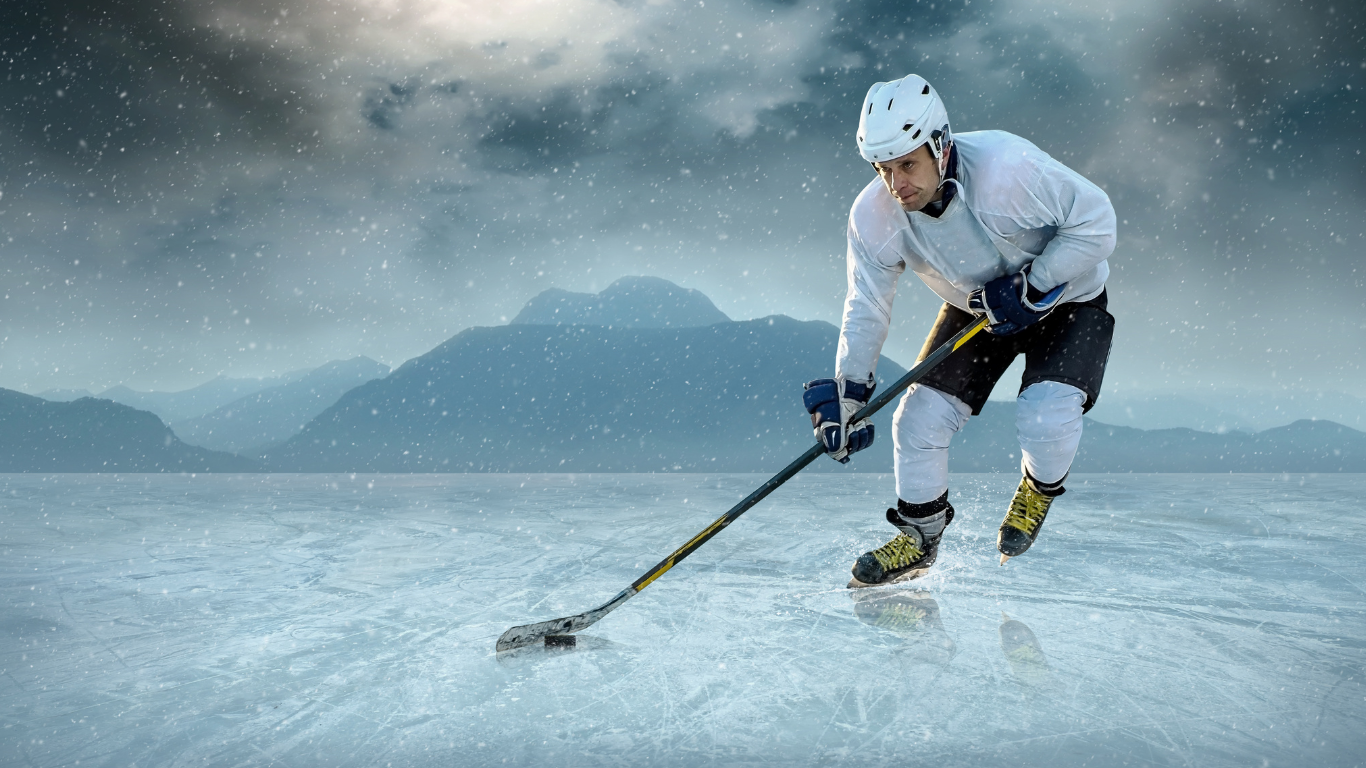In hockey, a power play is a situation when one team gains a player advantage due to a penalty committed by the opposition. This allows the advantaged team to have more active players, enhancing their scoring chances.
Power plays are significant game changers, with teams deploying their best offensive players to score, while penalized teams, with fewer players, must defend. Initiated by a player’s penalty for an illegal act, power plays can also occur in overtime. This scenario presents a strategic opportunity for the advantaged team to score, while the penalized team works to prevent goals.
How Does the Power Play Work?
If you’re like me, the initial attraction to the game of hockey was the physical competitiveness of the sport. I loved the idea of a full-contact sport on ice. However, many are immediately turned off at the peculiarity and downright complexities of some of the rules.
This is especially true if you watch professional or collegiate football. The strategies of the opposing teams can be immensely complex and numerable; however, the rules of the game are easy to understand and follow, while the individual team strategies just are what they are.
They have little to no effect on your understanding of the game. Ice hockey is a little different, with “icing” being the most difficult to understand the rule and one which comes into play during a Power Play.
The power play itself is relatively simple. One team’s player commits a penalty and has to sit in the penalty box for a period of 2 minutes (most of the time). The team whose player is in the penalty box cannot substitute someone in their place, so the opposing team has a numerical advantage for two minutes.
There are several ways that a Power Play can and can’t go:
- One player sits in the penalty box for an opposing team advantage of 5-4
- Two players sit in the penalty box for an opposing team advantage of 5-3
- Two players sit in the penalty box, and one player on the opposing team sits in the penalty box for an opposing team advantage of 4-3
- No more than 2 players can be out of the game at one time.
- No team can have fewer than 3 players (not including the goalie) on the ice at any given time.
Strategy During a Power Play
The goal is to set up the puck in the offensive zone while you have the time and convenience of numerical advantage over the other team. Of course, there are so many offensive variations that it would be challenging to cover them all without leaving a lot unsaid or just sitting down and writing a book.
Here are several offensive instances that you might see during a power play:
- 4 Forwards in the game, with only a single Defencemen
- 5 Forwards in the game and no Defencemen
- 1-3-1 strategy
- Other player-placement dynamics
When the opportunity arrives, you often see the team with more players increase their forwards. Under normal circumstances, there are 3 Forwards and 2 Defencemen, not including the goalie.
During a power play, it’s not uncommon to see five Forwards on the ice and, in some circumstances, including the strategy, 4 Forwards with 1 Defenceman. It’s all about player placement and unleashing a full offensive assault on the diminished team.
If you’re new to hockey, you will quickly realize that scoring is few and far between in this game, and a Power Play is an immense opportunity to get the puck through the net.
During a Power Play, the team on offense will do everything it can and unleash its best strategy to create as many shot opportunities as they can within that limited time frame. The odds are still against the offense, as Power Plays increase scoring possibility by only 20%.
Defensive Strategy During Power Plays

The only thing that the defense can do during a power play is “kill time.” They can do this because the team that is at a disadvantage during a Power Play cannot be penalized for what is called “icing.”
Icing is a penalty that is called when a player on their side of the red center line shoots the puck across the center line and down past the goal line. During a Power Play, the icing rule still holds against the advantaged team, while the disadvantaged team cannot be penalized for it.
This is where the “killing time” strategy comes to fruition.
The defense will try to engage in the icing as much as it can because striking the puck down all the way across the ice and around the goal line eats up so much time as the offense tries to regain control of the puck, skate back down to the opposing side, and create a shot advantage.
In normal circumstances, the team who is penalized because of icing has to endure a “Face Off” within their zone, which puts the opposing team in a position to score more easily since they are in the offending team’s zone.
All Things Considered
The Power Play is something that every team preps for, either with strategic placement and positions to create positive shot placement or as the opposing team who will try to burn off the penalty clock by taking advantage of icing as a delaying tactic.
It’s one of the best parts of the hockey game since it can result in frantic defensive reactions and powerful offensive assaults. It’s part of what makes hockey the enjoyable sport that it is to watch.




